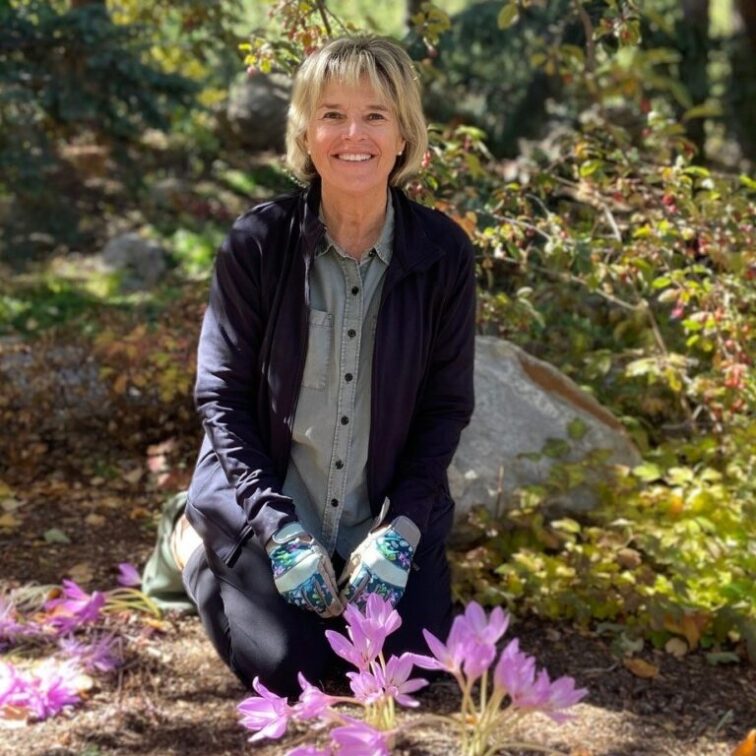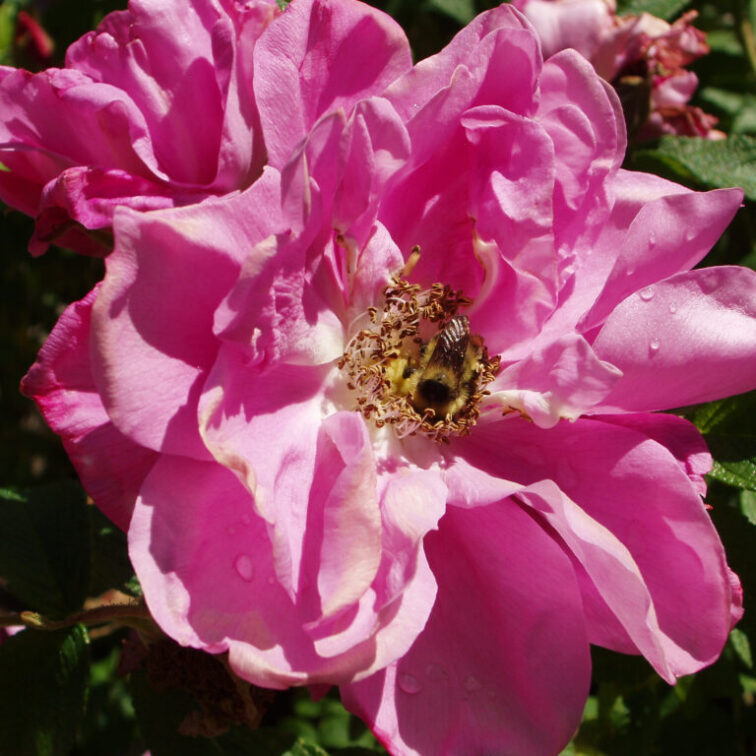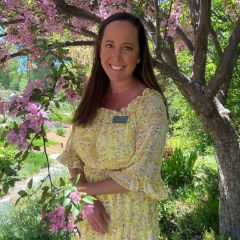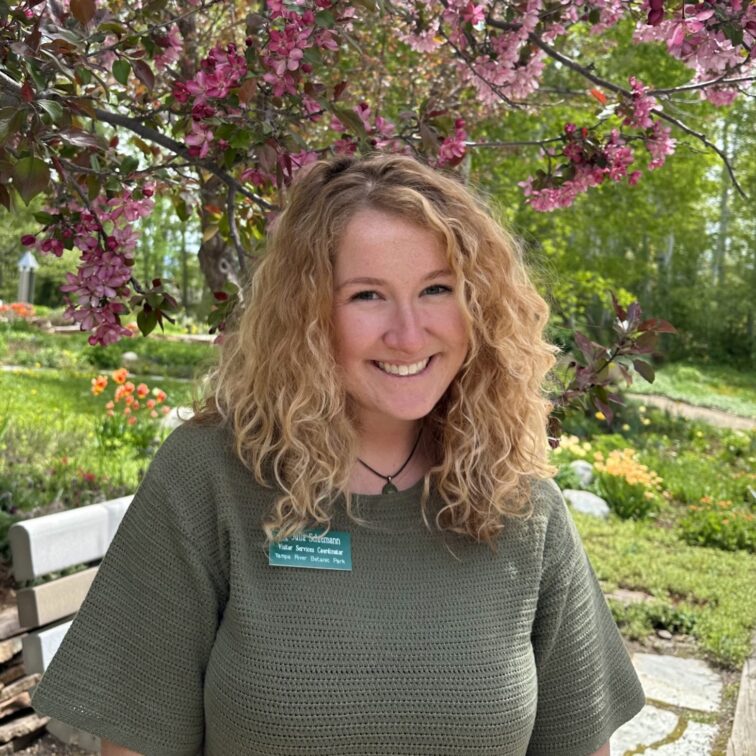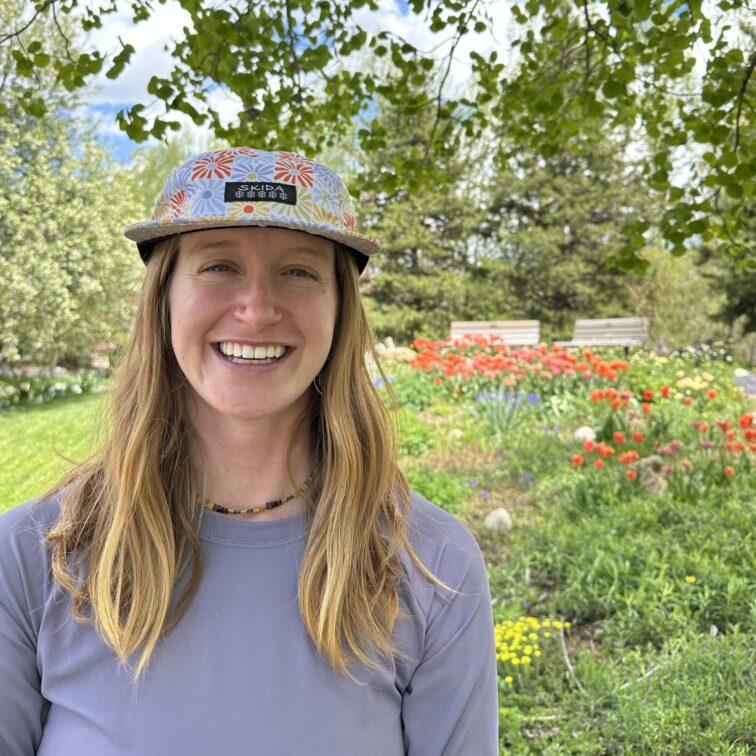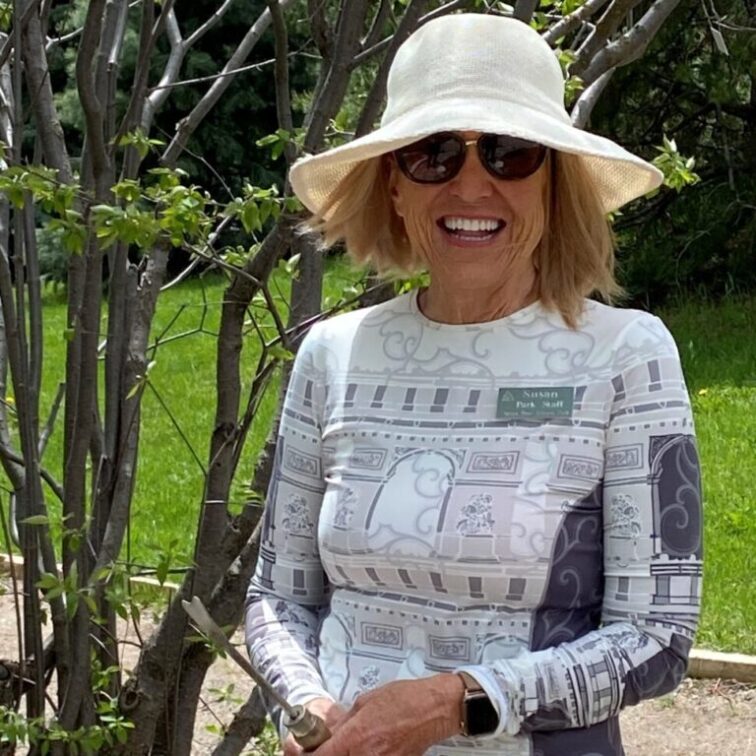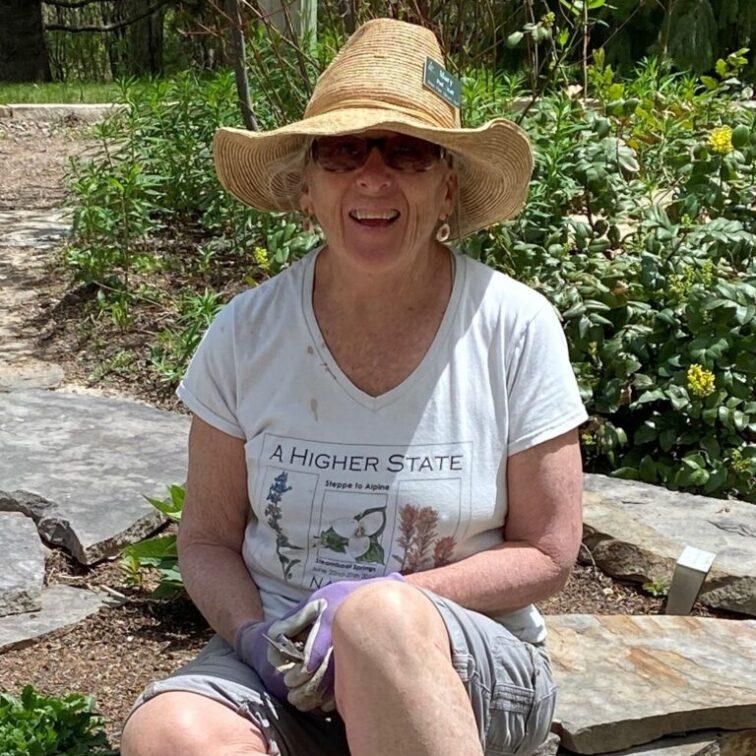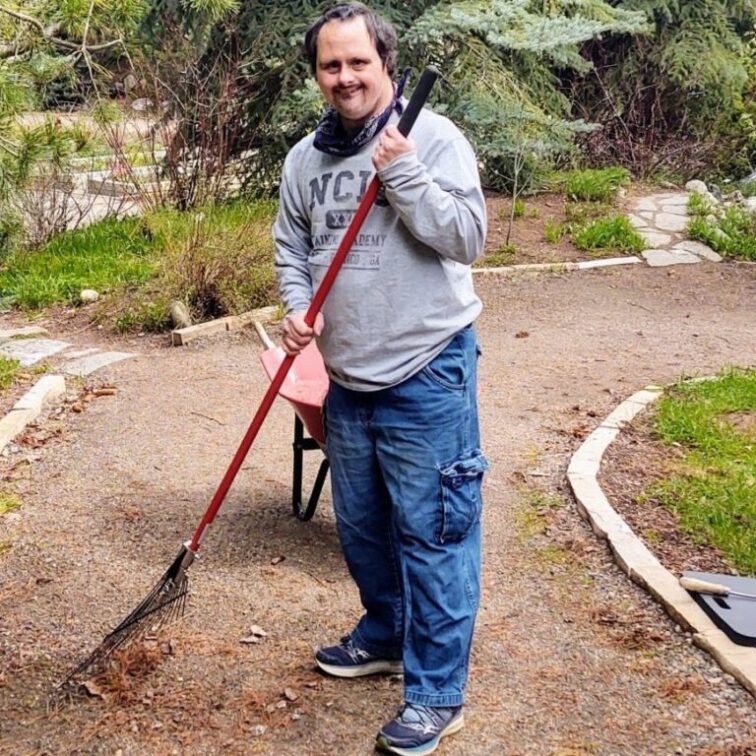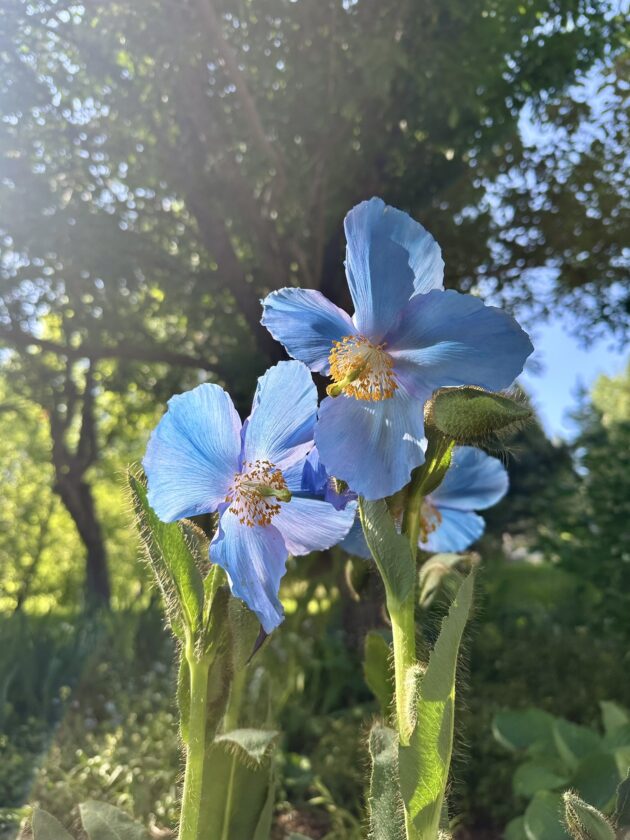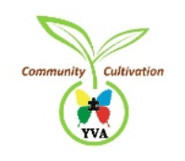About Us
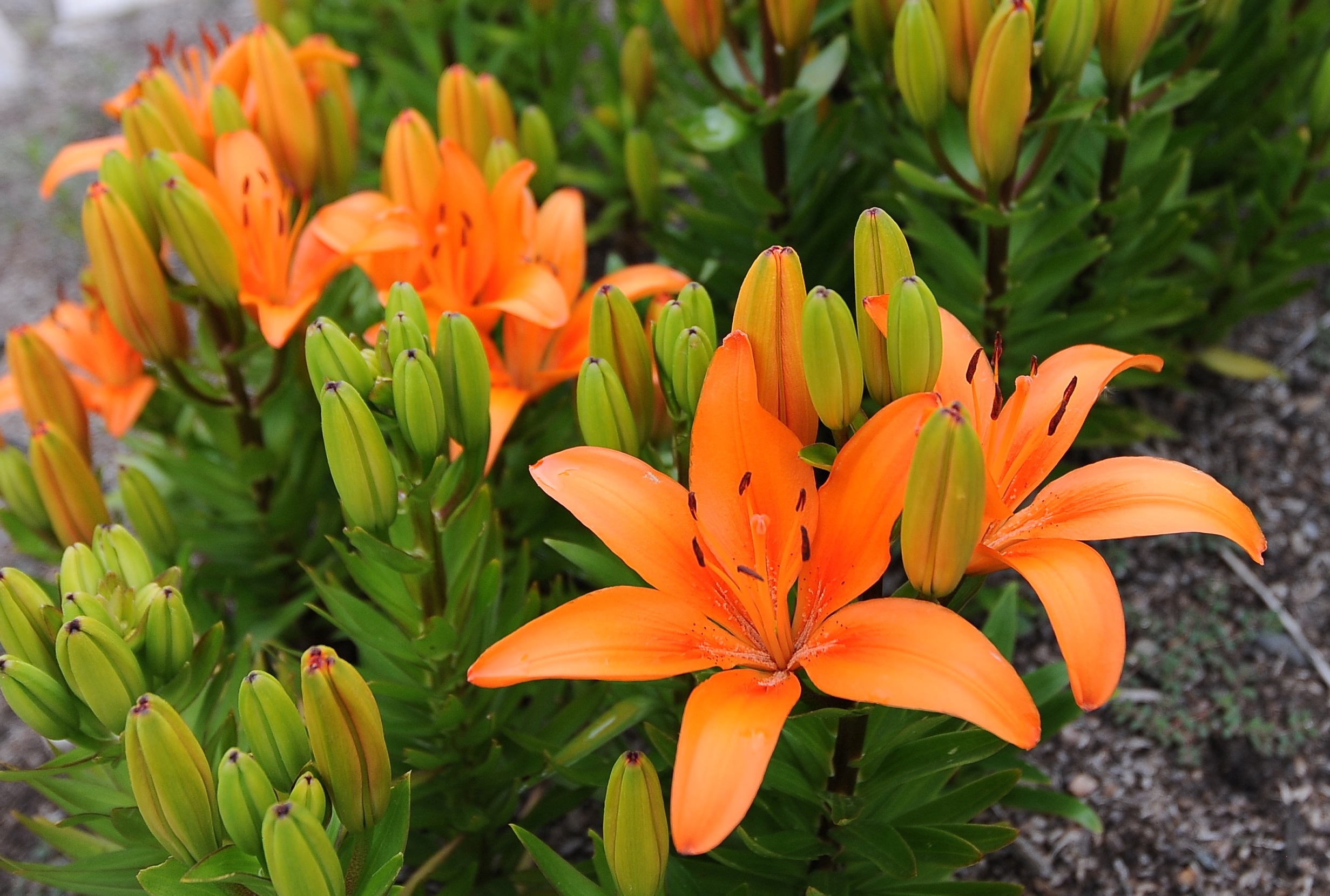
Mission
To cultivate a place of serenity that opens its gates to all, enriches our community by bringing people together, and offers the opportunity to connect and learn about the wonders of nature.
The Botanic Park is free and open to the public from the beginning of May through the end of October.
The Yampa River Botanic Park is a place to enjoy flowers and trees, connect with nature, and find a peaceful escape from the pace of modern life. It’s also a community hub for summer concerts, weddings, yoga, and a living resource for exploring native plants. Sitting at 6,800 feet above sea level, the Park’s carefully designed microclimates support both alpine and desert species from the Yampa Valley and similar regions around the world.


Our Founders
Bob and Audrey Enever, Emeritus, Co-Founders
On September 9, 2012 the City of Steamboat Springs awarded the Enevers its City’s Heritage Award, which is awarded every two years to people who have made a large contribution to the Community.
Heritage Aware Event Video. In this video provides an overview of the history of the Yampa River Botanic Park and the involvement of the Enevers in getting it started. Additionally, the video features a speech from Bob Enever providing an explanation for the why and how behind the creation of the park.
On January 25, 2024 the Enevers were recognized by the Yampa Valley Sustainability Council with a Lifetime Achievement Award.
The Board
Our Team
History
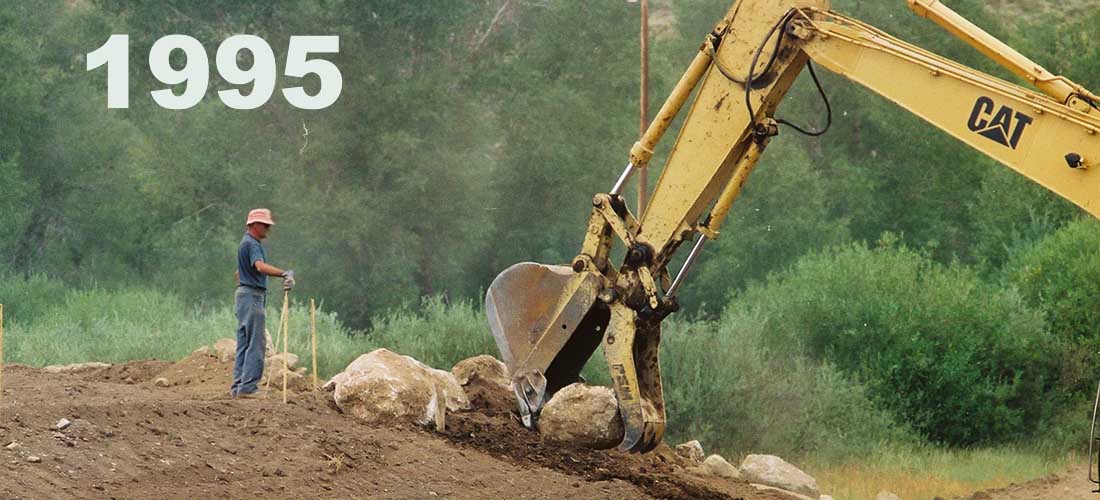
Beginning in 1995 the Yampa River Botanic Park sprang from a flat horse pasture to a six acre gem of ponds, berms, and over 65 gardens. It is one of the jewels of Northwest Colorado and one of only a handful of botanic gardens in the state.
The Botanic Park is an innovative, perhaps unique, experiment in private/public development and maintenance of a public botanical garden. The six acre Botanic Park sits on land donated to the City of Steamboat Springs by the founders. The Botanic Park is maintained and governed by an Association, a volunteer organization that was delegated by the City to manage the Park, raise funds, hire staff, and design, create and maintain the gardens. The organization receives no tax dollars and is supported by the generosity of members, donors, and private foundations.
Community Partners
The Botanic Park works with community partners to bring programming and events to life in the gardens. Through these partnerships, activities for children and adults are offered throughout the season at no cost.
Resources
Steamboat’s Botanic Park: A Book by Co-Founder, Bob Enever
Bob Enever, Co-Founder of YRBP, has written his third book, “Steamboat’s Botanic Park: Flower Gardens at 6,800 feet in the Rocky Mountains.” The book is a photo tour of the Park and its gardens and tells the story of the Park’s inception and how it is managed.
The book is available at the Trillium House, Off The Beaten Path, Lyon’s Corner Drug & Soda Fountain, and Steamboat Art Museum. While we encourage you to shop locally, the book is also available on Amazon.
Our Impact
The Botanic Park welcomes more than 35,000 visitors annually. A visit through the gardens is free; there is no admission. The Park is one of the top local summer attractions in Steamboat Springs. Locals and tourists alike have the opportunity to learn about ecology and plants that thrive in the challenging environment. Landscaping companies bring their clients to select in person what plants they would like to see in their home landscape. Most plants are labeled with both scientific and common names. Many gardens and plant selections promote water-wise and environmentally friendly landscaping.
The Yampa River Botanic Park impacts thousands of lives each year. Community partners use the gardens free of charge to host storytimes, live theatre, concerts, and yoga. The Park also welcomes weddings, school field trips, and summer camps, and serves as inspiration for plein-air painters and photographers. Raised beds support therapeutic horticulture programs for individuals with special needs, while staff and volunteers assist aging visitors by offering golf cart rides and early access for residents of Casey’s Pond to attend Music on the Green.
Globally, the Botanic Park is assisting in trialing plants from Patagonia. In partnership with Denver Botanic Gardens, the Park receives plants that are grown from plant material collected on plant expeditions by DBG staff. We are growing and evaluating them for success as landscape plants.





